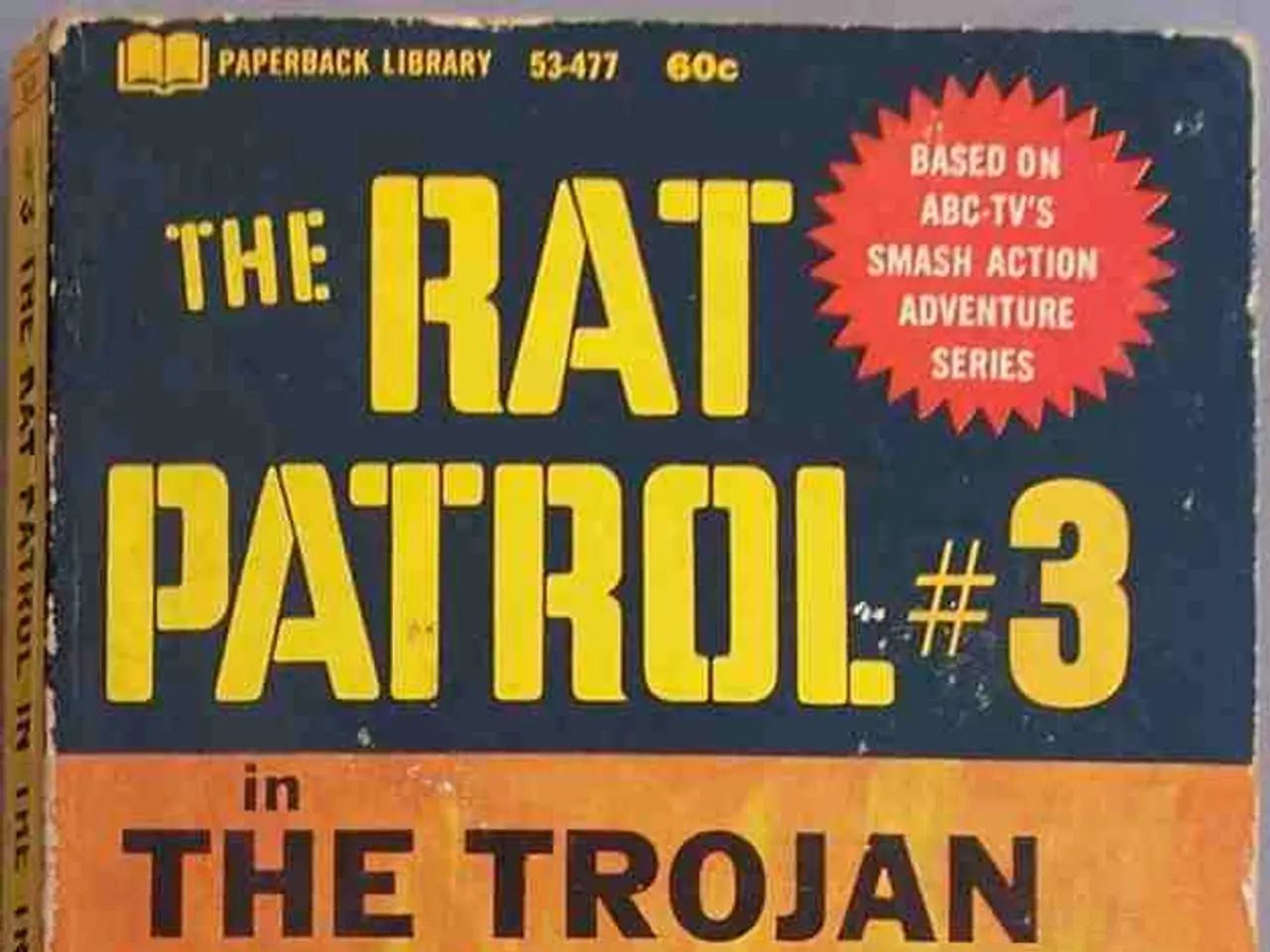Unexpected Discovery: Chronicle of the Emergence of Flashbacks (in Reference to Sigmund Freud)
In the aftermath of World War II, a new phenomenon began to emerge among veterans - flashbacks. These were vivid, hallucinatory memories of traumatic events that could trigger an altered, trance-like state, suspending volition.
Initially, the approaches to managing trauma symptoms were experimental and often involved sedation combined with psychotherapy to alleviate acute distress. However, the understanding of trauma's impact on the brain was limited, and sedative drugs might have complicated the natural processing of traumatic memories, leading to the manifestation of involuntary, intrusive recollections known as flashbacks.
As psychiatry evolved, especially around and after World War II, flashbacks were recognized as a core feature of post-traumatic stress reactions. During the Vietnam era, the recognition of flashbacks deepened with increased awareness of chronic psychological impacts of combat stress. The Vietnam War introduced greater public and clinical attention to how trauma manifests long after the battlefield.
The symptom evolved in clinical and cultural terms - veterans not only suffered from acute episodes of flashbacks but also from persistent Post-Traumatic Stress Disorder (PTSD), which often included continued flashback episodes triggered by reminders of combat. Unlike earlier wars, Vietnam veterans had to cope in a society often hostile or indifferent to their experience, complicating recovery and leading many warriors to develop disorders linked to stress, often exacerbated by substance use as a coping mechanism.
In the midst of this, psychological warfare during WWII repurposed healing techniques to implant false memories and beliefs, with the intent to destroy human personalities. One such technique was narcoanalysis, where psychotherapy under sedation was used to treat soldiers with conversion symptoms, involving the use of barbiturates to facilitate rapid talk therapy and reliving of traumatic events.
Robert Jay Lifton, a psychiatrist and writer, joined discussions with returning Vietnam veterans in 1970. Anti-war veterans of the Vietnam era reclaimed their traumatic symptoms and used them as a means of war resistance. Therapists and veterans in the 1970 discussions viewed talk about trauma as a means to political action.
In narcoanalysis, therapists encouraged patients to relive traumatic events to produce a cathartic release of repressed feelings, known as an "abreaction." Some practitioners of narcoanalysis suggested fictional scenarios to patients to produce the desired effects, blurring the line between memory retrieval and memory production.
The radical therapists who participated in the discussions developed the diagnostic category of post-traumatic stress disorder, which was adopted by the American Psychiatric Association in 1980. Today, this understanding has led to the development of treatments like Virtual Reality (VR) therapy, which simulates generic scenes from recent wars to trigger aversive memories, and systems like "Bravemind," funded by the US Army, that use a "Wizard of Oz" control panel to customize the intensity and pace of the scene.
This progression has highlighted the complex interaction between trauma, treatment approaches, and the long-term psychiatric symptoms veterans endure. As we continue to learn and evolve our understanding of PTSD and flashbacks, it is crucial to remember the history that has shaped our current understanding and treatment methods.
[1] This article is a simplified summary of a complex historical process. For a more in-depth understanding, readers are encouraged to refer to original scholarly sources.
- The emergence of flashbacks among World War II veterans sparked experimental approaches to managing trauma symptoms, combining sedation and psychotherapy.
- As psychiatry advanced, especially post-World War II, flashbacks were recognized as a key characteristic of post-traumatic stress reactions, with the Vietnam War bringing increased awareness of long-term psychological effects of combat.
- Veterans of the Vietnam era were not only affected by acute flashbacks but also persistent PTSD, often coinciding with a hostile or indifferent society, making recovery more challenging and exacerbating stress-related disorders.
- During WWII, psychological warfare employed techniques like narcoanalysis, which combined sedation and psychotherapy to treat soldiers with conversion symptoms and implant false memories.
- In the 1970s, psychiatrists like Robert Jay Lifton discussed trauma symptoms with returning Vietnam veterans, using talk about trauma as a means of war resistance and political action.
- Narcoanalysis encouraged patients to relive traumatic events to release repressed feelings, with some practitioners suggesting fictional scenarios, blending memory retrieval and creation.
- The development of treatments like Virtual Reality (VR) therapy and systems like "Bravemind" are a testament to our progress in understanding and treating PTSD and flashbacks, with a recognition of the complex interplay between trauma, treatment, and long-term psychiatric symptoms.




